It’s fascinating to watch utilities devise and revise their strategies to slow solar’s growth in the United States. It’s not hard to imagine designated utility employees sitting in rooms thinking about how their employers can get regulators to stifle solar growth to keep generation monopolies in their hands.
The most popular gambit in the third quarter of 2017, according to EQ Research, was to propose increasing fixed charges (sometimes by as much as 150%), which inherently damage’s customer-sited solar’s value proposition under net metering. But it was not the only approach. EQ Research suggests the proposals typically fell into one of the following categories:
- Significantly raising monthly fixed charges for residential customers and small businesses
- Imposing demand charges or “grid access” charges on residential customers
- Imposing new charges (including demand charges) on DER customers
- Creating a separate customer class for DER customers
- Altering the value of net metering, or eliminating it altogether
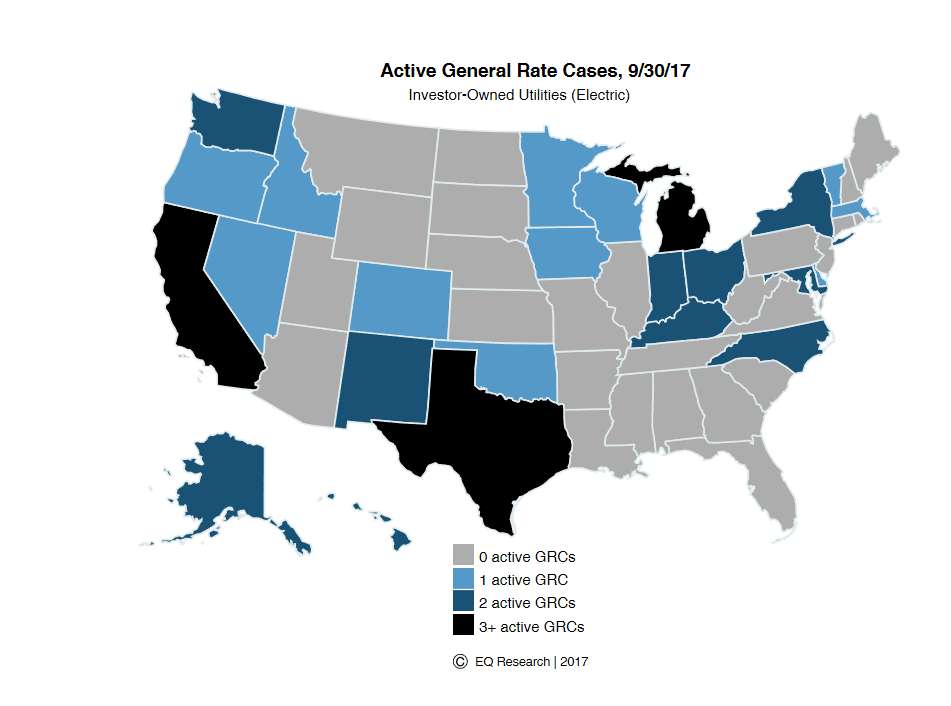
EQ Research reports eight utilities filed rate cases in the third quarter, with three utilities asking to increase fixed residential charges by more than 50%. In two of those cases, the utilities requested increases of more than 150%. Duke Energy proposed a 149% increase in Kentucky from$4.50 to $11.22, while Indiana Michigan Power is asking for a 147% increase in its fixed charge from $7.30 to $18.00.
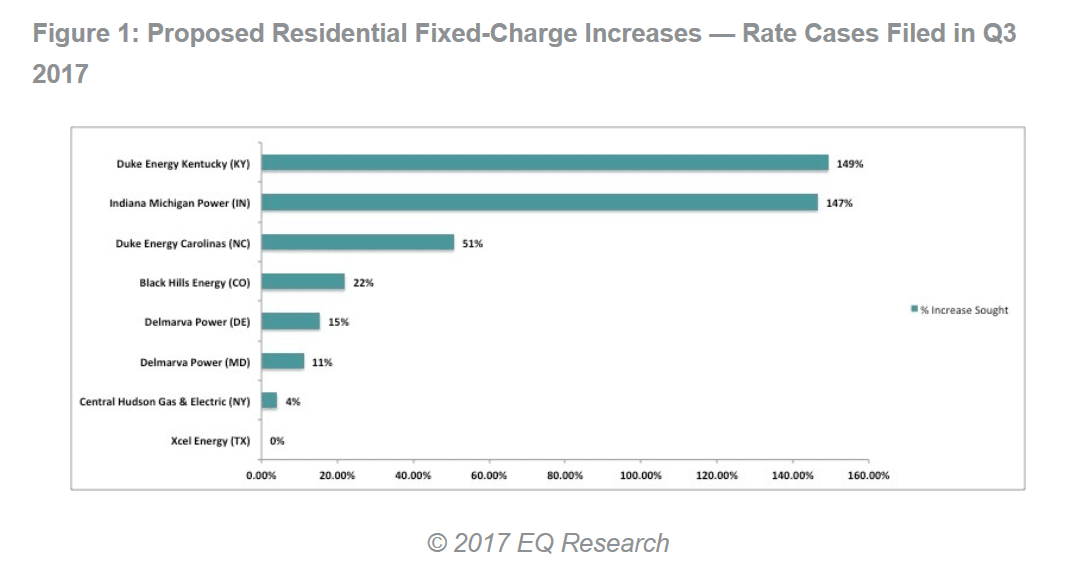
Central Hudson Gas & Electric in New York only asked for a $1 increase to its usurious $24 fixed charge, but it also asked for a new, tiered, monthly “service size charge” based on annual kilowatt-hour consumption. That new charge would add around $4 to consumers’ bills, making the real utility ask $5.
Unfortunately for the solar industry, state regulators are indicating a willingness to approve the increases, a sign that utilities have found a way to get regulators to allow changes to gain more revenue from their customers who install solar.
Regulators in five states made rate case decisions in the third quarter, and they gave utilities permission for the increases in four of those cases. And while it’s true that most of the increases weren’t onerous, the one excepetion (three guesses as to who it was, and the first two don’t count) was Arizona Public Service (APS), which will raise its monthly charge $8.67 to $15.00 for most customers.
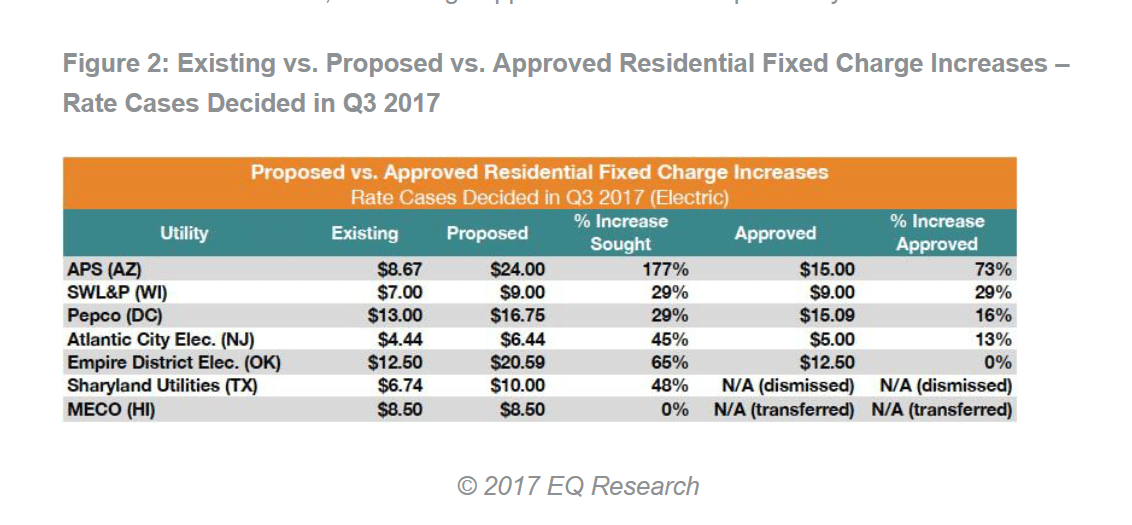
The five utilities had proposed increasing their fixed charges by an average of 69% (the full range was 27% to 177%), while regulators allowed average increases of 0% to 73%, which averaged out to a 26% increase. If APS is removed, the average increase was only 14%.
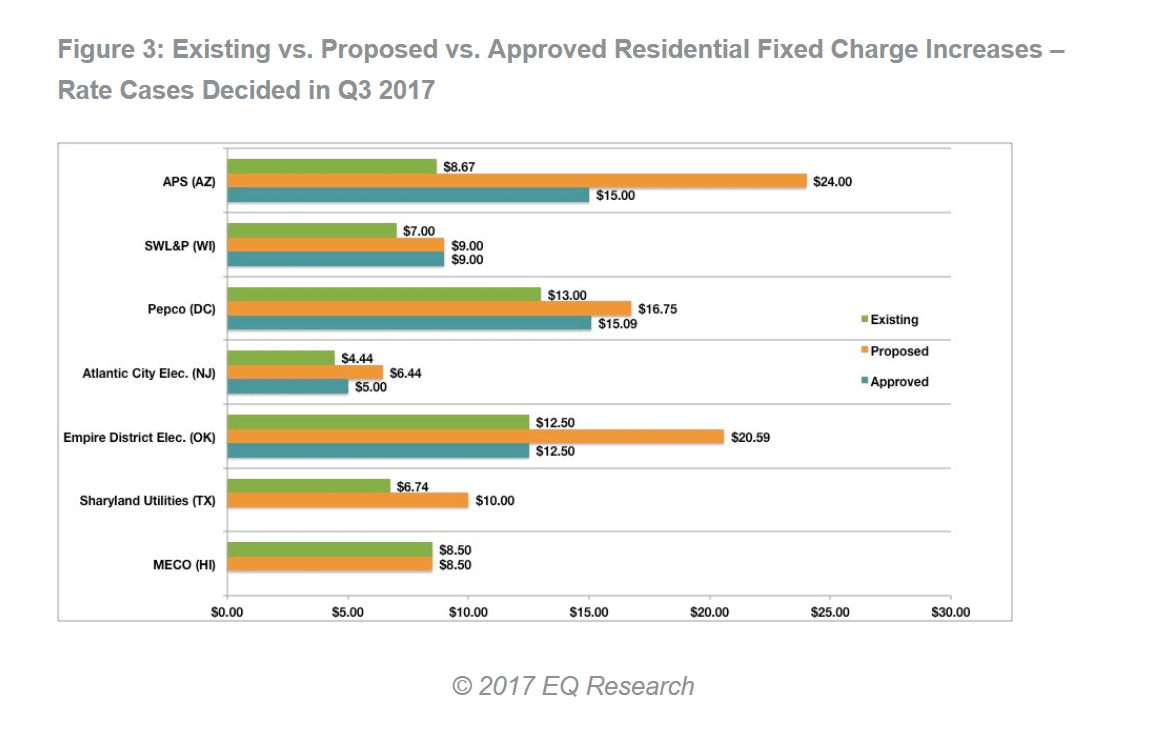
This content is protected by copyright and may not be reused. If you want to cooperate with us and would like to reuse some of our content, please contact: editors@pv-magazine.com.
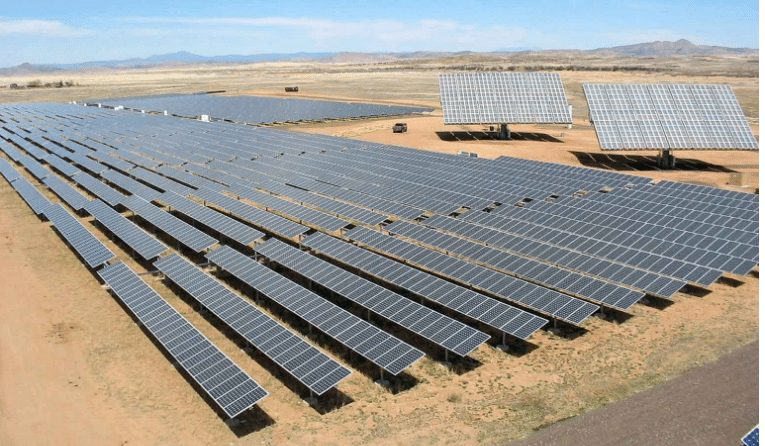







We’re the fixed charge increases balanced with Kwh decrease charges so it was revenue neutral for the utility?